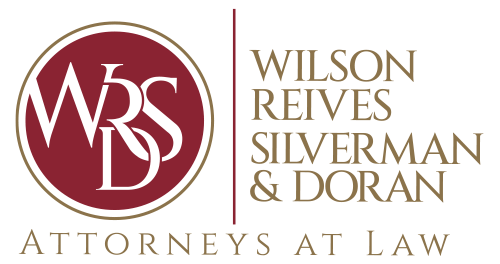
What Is Combustible Dust and How Can It Injure You?
Dust. It collects in corners and lurks under furniture. It harbors mites and triggers allergic reactions.
Did you know that it can also be combustible or even explosive, and that it can be a deadly danger? Very few people imagine that dust is a factor in fire safety in manufacturing plants or a cause of serious manufacturing accidents.
Without careful precautions, combustible dust can happen in just about any manufacturing situation, whether you work with metals, wood or food products. Here’s what you need to know.
What Is Combustible Dust?
The term “combustible dust” doesn’t refer to a particular material, but rather to a state of being. Combustible dust can be a food product, a byproduct of machining metal or wood, or any other combustible material. To be considered combustible dust, particles must meet two conditions: they must be small enough to be considered dust, and they must be dry and able to become airborne.
When those particles are agitated and suspended in the air, they form a cloud of material that’s mostly invisible but packs the kind of explosive power you would expect from something like gasoline.
Just one poorly timed spark in a cloud of combustible dust can have explosive, catastrophic results.
How Dangerous Is Combustible Dust?
You might not believe dust can be dangerous. When you start to look at incidents in which dust has caught fire and exploded, and the consequences of those explosions, however, the scale of the problem becomes clearer.
In August 2014, for instance, a combustible dust explosion ripped through a factory in Jiangsu Province, China, killing 75 people and injuring another 185.
Even in the U.S., where safety standards are more stringent, there have been recent, preventable fatalities caused by dust:
On January 12, 2003, a combustable dust explosion ripped through the West Pharmaceutical Plant in Kinston, NC. Six people died from the blast, dozens more were injured and the region lost hundreds of jobs.
Five people were killed in 2011 in Gallatin, Tennessee, when combustible metal dust caught fire.
Regulations to Protect Employees
While combustible dust is not something everyone has heard of, it has caused documented, catastrophic manufacturing accidents in the U.S. and abroad. In 1987, the Occupational Safety and Health Administration introduced regulations on combustible dust for the grain industry, and in 2007, OSHA developed an enhanced enforcement program. These regulations did not, however, establish a national standard for dealing with combustible dust, and there is still no such standard.
What You Can Do
If you believe you are working in a facility where combustible dust may be a risk factor and a fire hazard, there are steps you can take to prevent accidents, injuries or fatalities.
- Speak to your employer. Direct them to the OSHA website and request that steps be taken to reduce the risks to employees.
- If your employer does not correct the problem, you can refer the issue to OSHA using this online complaint form. They will conduct an investigation and make recommendations to correct the problem or limit the risk.
- In extreme cases, when you believe there may be risks to your health and safety or your life, you do have the right to refuse to perform certain tasks. Note that you should always remain at the worksite if you do refuse to perform a task. Refer to the OSHA regulations about the right to refuse to work for more information.
Ideally, your employer will take steps to correct the problem and limit the risk of injury at your worksite, and refusing to work won’t be necessary. Injuries due to combustible dust would certainly fall under workers’ compensation legislation and be covered by benefits, but it’s always better to prevent injuries than to seek compensation!
If you have already been injured due to combustible dust and are having trouble getting the benefits you deserve, contact a workers’ compensation lawyer as soon as possible. A workers’ compensation lawyer can interpret the regulations and guide you through the process of filing a claim for compensation.
